Saying goodbye to your favourite things can be very hard.
Recently, sweet-toothed shoppers have bid anguished farewells to Caramac bars, while some are still reeling from the news that the ±«Óătv's daytime drama Doctors will disappear from our screens this year.
Things have always been coming and going - sometimes breaking hearts along the way. To prove it, here are seven goodbyes that were painful at the time, and that some may even say ended an entire era.
The last goal at the original Wembley Stadium
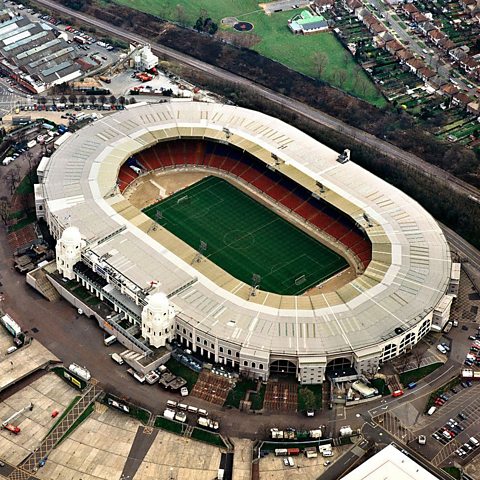
Built in 300 days as part of the British Empire Exhibition, the original Wembley Stadium opened to the public on 28 April 1923, approximately a year before the rest of the event.
It soon became one of the world's most celebrated grounds - Brazilian football hero Pelé would dub it "the cathedral of football".
It hosted some iconic international sporting moments, from the 1948 Summer Olympics to England's 1966 World Cup win.
In 2000, after years of wrangling, the old Wembley Stadium with its famous twin towers finally closed its ticket gates for good to make way for its new iteration.
But the final goal to cause cheers to echo through its hallowed stands wasnât for the home team. It was scored by midfielder Dietmar Hamann in front of 76,377 fans, leading Germany to a one-nil victory against Kevin Keeganâs England.
âWe did not go there looking to spoil the party, but we had to get a result and look after ourselves and that is what we did,â Hamann later said.

The last time you could rent a film from Blockbuster
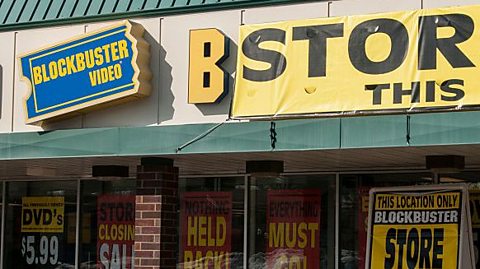
Rewind to the 1980s and renting a video (and perhaps getting some treats at the same time) was the nationâs favourite night in. And Blockbuster Video, with its instantly recognisable blue and yellow cases, was the biggest of the rental chains. It had a shop on almost every high street.
But by the late '90s the video rentals market had been badly damaged by the arrival of DVD, and particularly online DVD rental by post.
Blockbuster shuttered the bulk of its UK stores in December 2013. According to a tweet by Blockbusterâs official account, the last film to be rented at a corporate Blockbuster shop was This Is The End, a comedy starring Seth Rogen, hired by a customer of the Hawaii branch in November 2013.
But one franchise shop still remains - it's in the USA, in a town in Oregon called Bend, and it's become known as the Last Blockbuster.

The last page on Ceefax
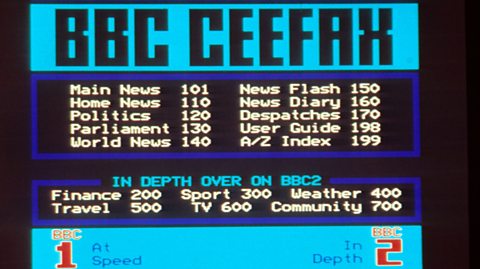
A bit like a steam-powered version of the internet, Ceefax delivered the news, weather and other info when you typed in a page number on your TVâs remote control. Even though you couldnât search for anything, it was the first time you could check the news in between TV bulletins.
The ±«Óătv launched the service in 1974, and named it Ceefax because you could âsee the factsâ. By the mid 1990s, 20 million viewers checked its pages at least once a week, and the ±«Óătv would show a selection of its content when programmes were not being broadcast (yes, that really used to happen!).
But the rise of the internet made Ceefax increasingly obsolete, and on 23 October 2012 it broadcast its last pages, a special selection of graphics commemorating its 38-year history.

The last Argos catalogue

âThe laminated book of dreamsâ is how comedian Bill Bailey described the Argos catalogue, and for generations of kids (and adults) flicking through the latest edition, idly circling stuff they wanted for Christmas or birthdays, was a delightful way to spend half an hour.
But it all came to an end at the turn of the millennium. People had become keener on scrolling on screens than on flicking over glossy pages. So in 2020 the retailer announced that it was abandoning the printed catalogue, which by then ran to nearly 2,000 pages.
âYouâre Good To Go!â ran the final issueâs cover-line. Over its 48-year run, over 1 billion catalogues had been printed.

The (almost) last pound note
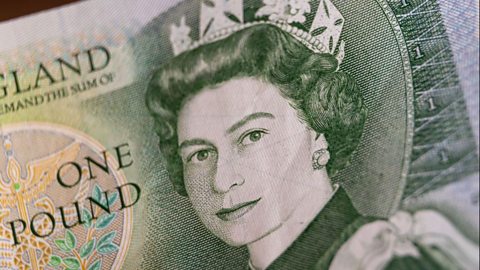
Then chancellor of the exchequer Nigel Lawson announced the end of ÂŁ1 notes in England in 1984. Inflation meant that they were being passed around so quickly they only lasted about 10 months in circulation before new ones had to be printed.
That problem was solved by the new ÂŁ1 coin, known as the âround poundâ, the first 443 million of which were minted a year earlier.
Scotland stopped producing pound notes in 2001. But there are still some in circulation, and its up to individual shopkeepers whether they accept them in the rest of the UK.
The English ÂŁ1 note ceased to be legal tender in March 1988, but if you happen to find one down the back of the sofa, the Bank of England will still exchange it.

The last episodes of MASH and Friends

The end of a much loved TV series is always a bit of a wrench for fans, but the final episodes of these shows, both comedies, broke records for the number of people who watched them.
In 1983 the final episode of MASH, a hugely popular show set during the Korean War, aired to 105 million viewers, more than that yearâs Superbowl. The two-and-a half-hour episode, titled Goodbye, Farewell and Amen, remains the most watched finale in American TV history.
Viewing figures generally declined over the following years, but when Friends came to an end, after 10 seasons and 236 episodes in May 2004, it could still manage 52 million US viewers. Fans organised viewing parties so they could say farewell to Ross, Rachel and the rest of the gang together.

The last Nirvana gig
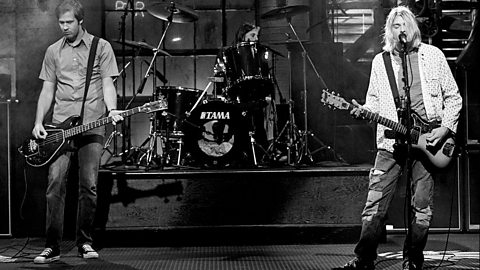
Nirvana were one of the most important and popular bands of the 1990s. Often said to articulate Generation Xâs disillusionment with the modern world, they pushed the moody Seattle grunge scene to the top of the charts worldwide. Their most famous single, Smells Like Teen Spirit (1991), would go on to sell over 10 million copies in the United States alone, helping Nirvana go from underground act to MTV superstars.
On 1 March 1994 Nirvana played a gig in front of around 3,000 people at Terminal Eins, an aircraft hangar near Munich. On paper, it was a bit of a disaster - the hangarâs acoustics weren't the best, frontman Kurt Cobain was losing his voice due to bronchitis, and the venue suffered a power cut. Nonetheless, the band did deliver a powerful performance.
Tragically, it turned out to be the last time they would perform. Kurt Cobain would die a few weeks later at the age of 27. In November 1994, the band released MTV Unplugged in New York, which had been recorded the previous year. A seamless performance according to many, it's often described as Nirvana's last hurrah. But it was that gig in Munich, now a fans' favourite, that truly marked the end of an era.
This article was published in February 2024

Six places you might not know were named after people
Where do places like Rome, Seattle and Knutsford have in common? They were all named after people, of course!
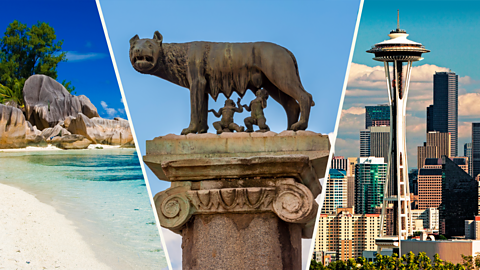
Five historical quotes that we probably misquote
History is a rich tapestry of inspiring and meaningful sayings... including some that were entirely made up!
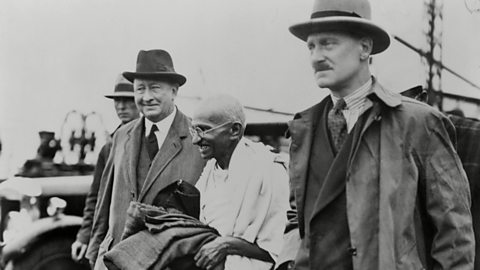
Has your subculture gone viral on TikTok?
We look at how nostalgia for subcultures influences the latest online trends.
